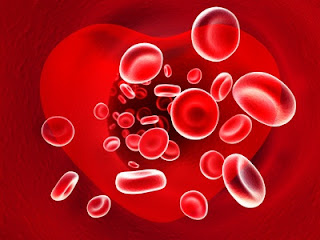Wouldn’t you know it? Another risk related to sleep apnea has been discovered. Thank goodness this recent study offers good news on the heels of the bad news.
A recent new study is the first to show blood vessel abnormalities in otherwise healthy people with sleep apnea. Sleep apnea has been linked to high blood pressure and other risk factors for heart disease. According to researcher Gregory Y.H. Lip, MD, professor of cardiovascular medicine at the University of Birmingham in the U.K., “Even apparently healthy patients with sleep apnea show abnormalities of small and large blood vessels, as well as impaired blood supply to the heart muscle.”
The good news is that researchers also found that CPAP therapy actually improves blood vessel function. The study involved 108 people. They were divided into three groups: those with OSA without hypertension, those with hypertension but not OSA, and those with neither hypertension nor OSA.
Researchers found that the hypertension and sleep apnea groups both had blood vessel abnormalities that impaired blood supply to the heart at the start of the study. After 26 weeks of CPAP therapy, the sleep apnea group had improved flood vessel function and blood supply to the heart.
Pretty interesting.
To read the article on WebMD, click here.







